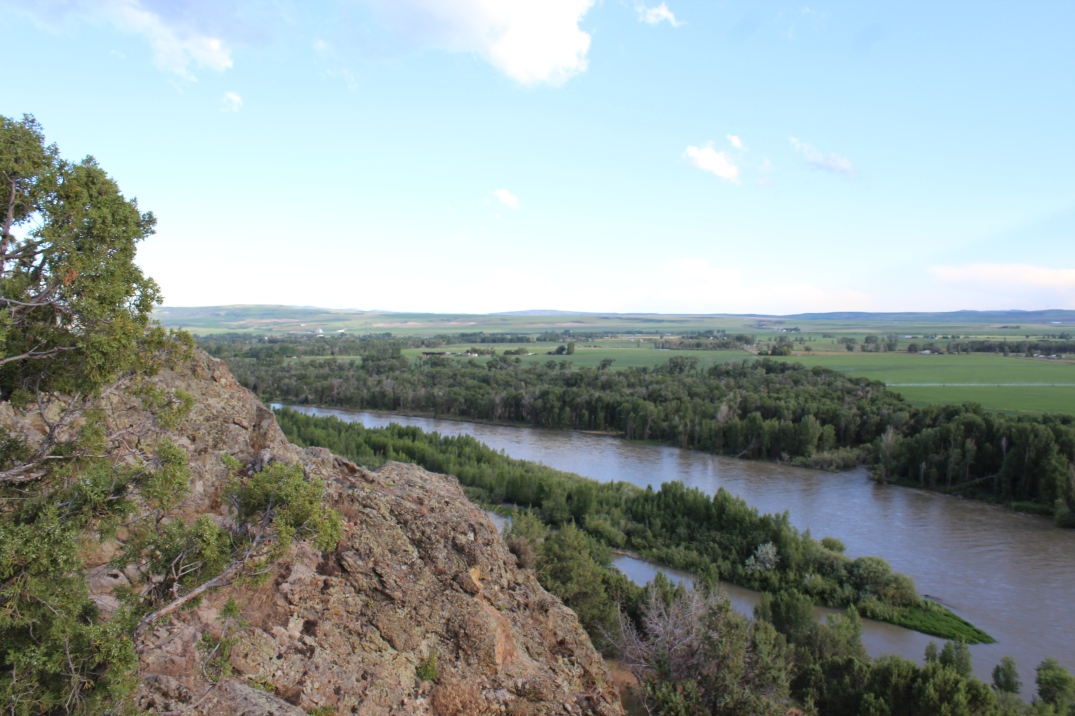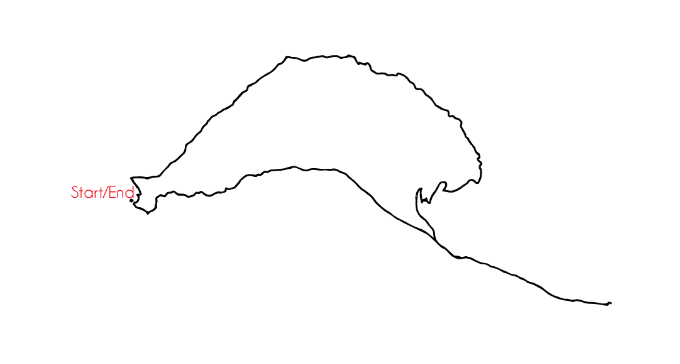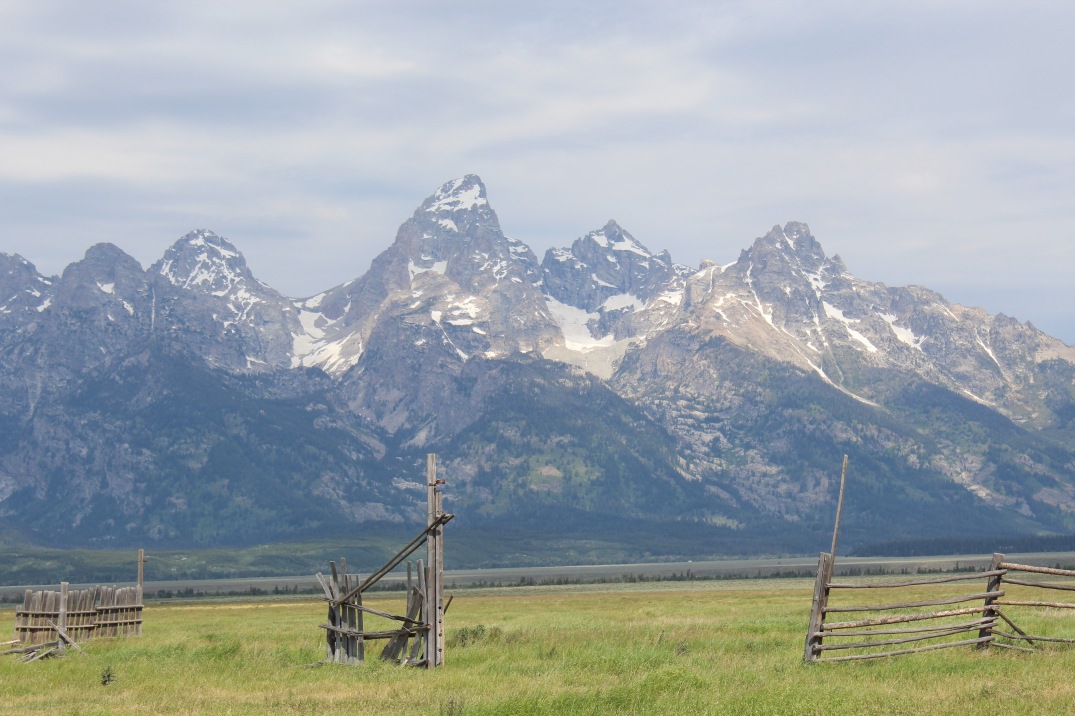It’s a clear night, not a cloud in the sky, a perfect night to look at the stars, except for one thing, there are no visible stars in the sky.
This is due to one contributing factor: light pollution.
Light pollution is the excessive use of artificial light. This is seen mostly in heavily populated areas. According to darksky.org, light pollution is the side effect of industrial civilization.
Sources of artificial light are interior and exterior lighting from buildings, illuminated advertising signs, commercial properties, factories, streetlights and illuminated sporting stadiums.
The International Dark-Sky Association shared four components of light pollution. These four components are glare, sky glow, light trespass, and clutter.
Glare is excessive brightness that causes visual discomfort. Sky glow is brightening of the night sky over inhabited areas. Light trespass is light falling where it is not intended or needed. Lastly, clutter is bright, confusing groupings of light sources.
The majority of light pollution that people are used to is light trespass. Many sources of outdoor light are either overly bright or poorly targeted. With this inefficient lighting, light pollution is made.
In an effort to give the stars their light again, the International Dark Sky Association is working with land managers and other organizations to develop Dark Sky Reserves.
Dark Sky Reserves, according to darksky.org, is a public or private land possessing an exceptional or distinguished quality of starry nights and nocturnal environment that is specifically protected for its scientific, natural, educational, cultural, heritage and/or public enjoyment.
There are only 12 Dark Sky Reserves in the world and only one in the United States.
The single Dark Sky Reserve in the United States is located in Central Idaho and is approximately 1, 416 square miles.
The Idaho Dark Sky Reserve was designated in 2017 and has been an area of not only exclusion in the night, but hiking, backpacking, and horseback riding throughout the day.
There isn’t much space in the United States to have access to an off the grid experience. The Idaho Dark Sky Reserve is the place for the off the grid experience.
“Visitors can have a truly ‘off-grid’ experience, with access to neither electricity nor mobile phone service across thousands of square kilometers,” according to darksky.org.
The International Dark Sky Association has specific guidelines for Dark Sky Reserves, among those guidelines there are specific goals that the Dark Sky Reserve is attempting to meet with each reserve made.
A couple of the goals listed are to encourage land administrators, surrounding communities and private interests to identify dark skies as a valuable resource in need of proactive protection, also, to provide international recognition of such sites.
There are many ways you can prevent light pollution. One of those is buying certified outdoor lighting features.
Actions can also be made to develop lighting ordinances in your local communities.











